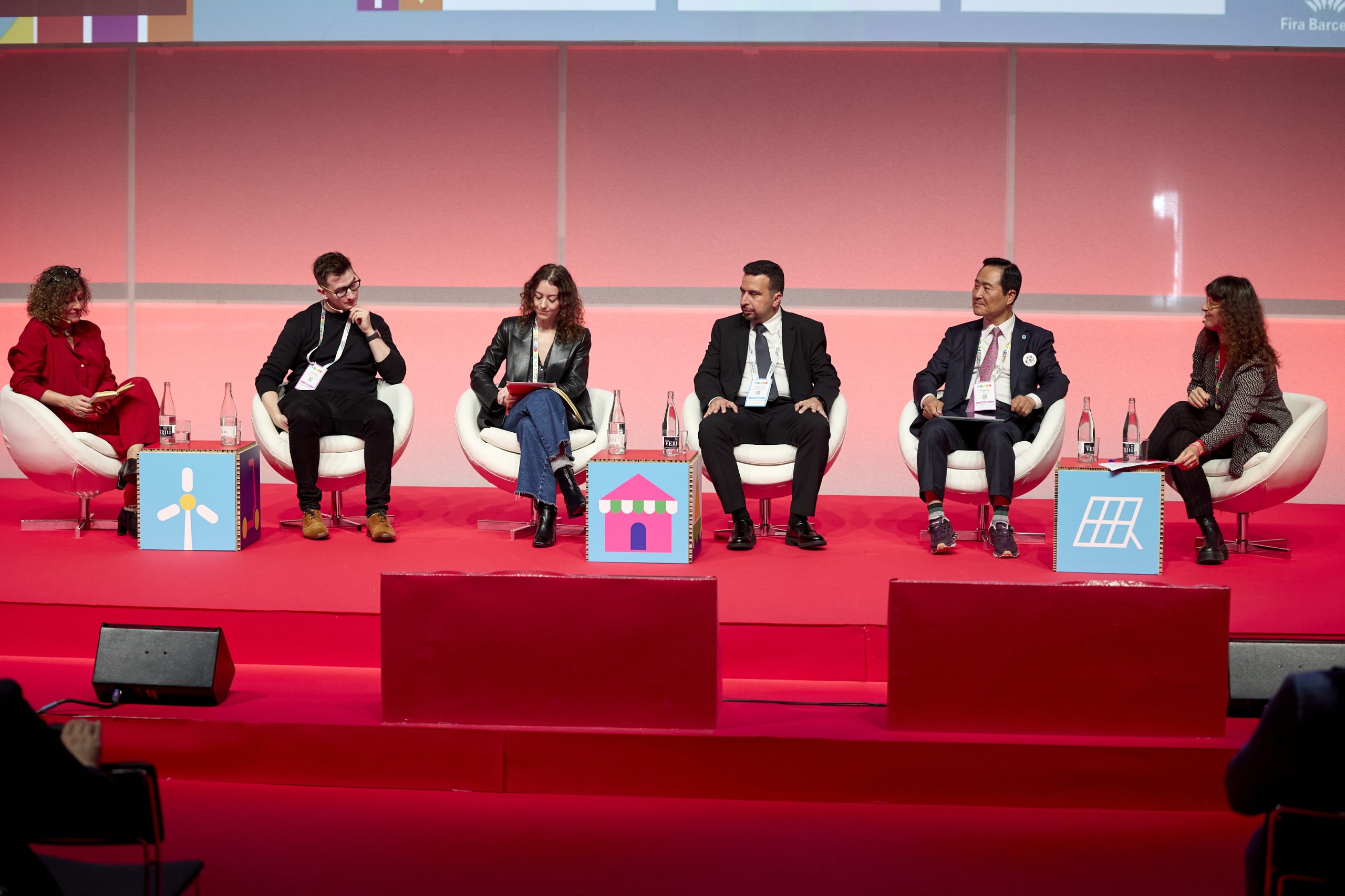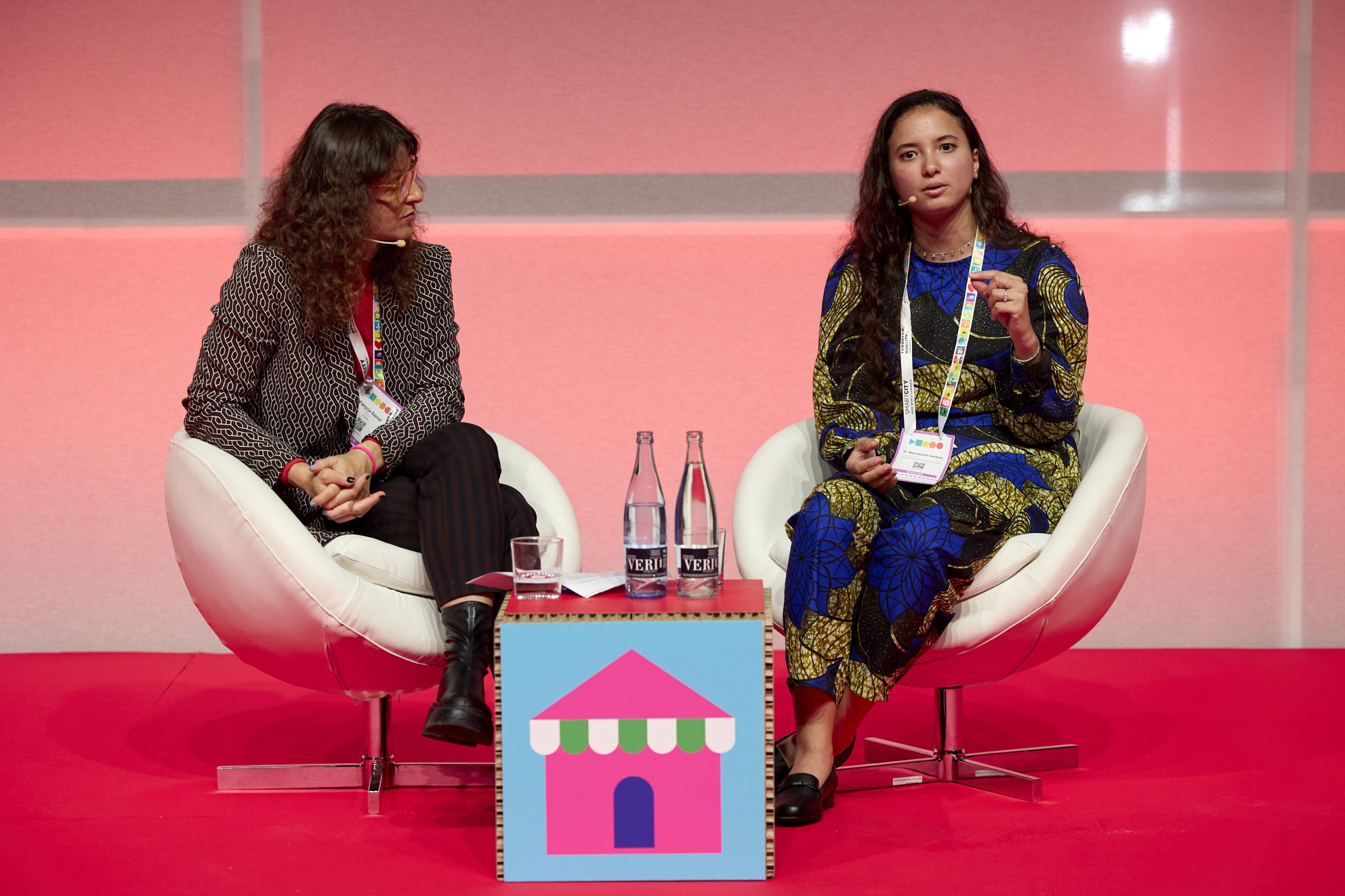Author | Lucía Burbano
More than 60% of Vienna’s 1.8 million inhabitants live in subsidized housing, or Gemeindebauten, and almost half of the housing market is made up of city-owned flats or cooperative apartments. The Austrian capital adopted this social model at the end of World War I. Other cities have implemented different strategies. Have they been successful?
What is Vienna’s model?
At the end of the 19th century and beginning of the 20th century, Vienna had a dramatic housing shortage, which forced the working class to live in crowded and poor living and hygiene conditions, which led to the spread of diseases such as tuberculosis.
To solve the problem, the city’s social democrat council, elected after World War I, set out to significantly improve this precarious housing situation. At the beginning of the 1920s, Vienna approved the first program to construct housing units, which included the construction of 25,000 flats over a period of five years.
That was the beginning of this model that has remained unchanged over time and with geo-political changes, and has become synonymous with architectural quality, with names such as Josef Hoffmann, Adolf Loos, Richard Neutra and Margarete Schütte Lihotzky, who applied the principles of Bauhaus to these social housing units.
Today, Vienna owns around 220,000 apartments within its non-profit housing system. Tenants pay around a third of what people pay to rent apartments in other European capitals such as London or Paris. And they have also managed to revitalize neighborhoods and create new communities.
Cities with measures that have tried to copy Vienna’s model

Berlin
The German city implemented a rent cap system in January 2020 after years of increases, which prevented owners of flats built before 2014 from charging more than what was agreed in June 2019. It also stipulated that rent fees exceeding 20% of the acceptable levels had to be reduced, which varied depending on location and quality.
However, in 2021, the Constitutional Court of Karlsruhe declared this measure unconstitutional. This revocation means, among others, that owners are entitled to demand back payments on previously frozen rents.
Tokyo
The Urban Renaissance Special Measures Law approved in Japan in 2002, introduced measures that allow city councils to control land prices: making zoning more flexible. The measure included the construction of skyscrapers with the aim of densifying areas: Among Tokyo’s buildings exceeding 150 meters, 106 were built after 1991 and 86 between 2000 and the end of 2011.
This increase in construction stabilized housing prices but, in urbanistic terms, it has led to the so-called “logical disorder”: the height of buildings are rarely aligned, the relationship between buildings and the street appears to be random and the finishes are also varied.
Cambridge, Massachusetts
In Cambridge, the city council has been particularly aggressive in terms of increasing the fleet of affordable housing units in the city: purchasing existing properties and paying a large sum of money in advance to owners of the buildings for them to extend, between 15 and 30 years, the affordability period of units built with federal subsidies.
Washington
The U.S. capital approved a right of first refusal act, which enables the city to purchase properties at market price when they are put on the market. A related law grants tenants the same right when the owner of their home or block of apartments proposes a sale.
Photographs | Unsplash/Paul Volkmer, Unsplash/Emile Guillemot






















































